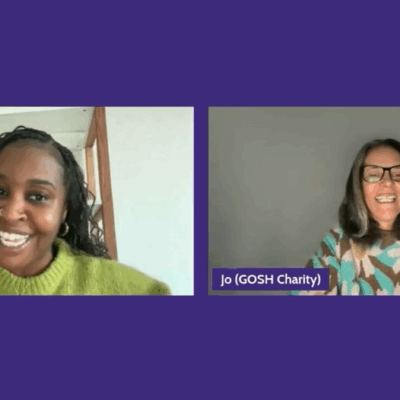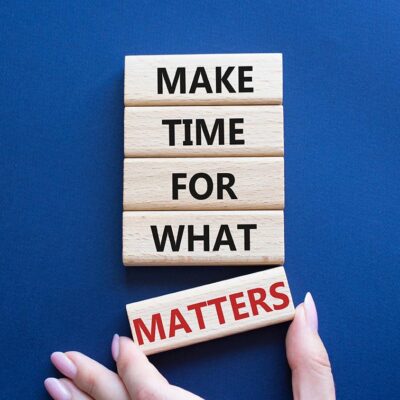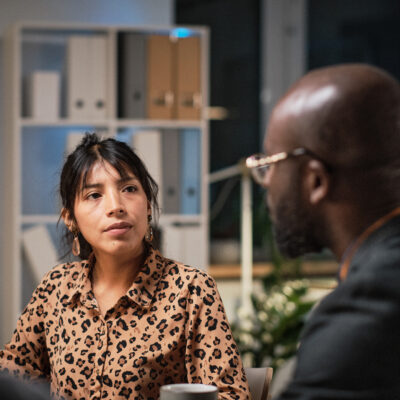
December 3, 2025
Creating Safe, Inclusive Workplaces For Queer And Trans Fundraisers
On any given day in the charity sector, fundraisers are doing a lot of emotional and practical heavy lifting.
They are juggling targets, stewarding donors, holding stories of trauma, and trying to raise money in a cost of living crisis. Enthuse’s Donor Pulse Spring 2024 shows that over half of people still feel it is harder to give than it was six months ago, even as inflation eases. At the same time, CAF’s UK Giving 2025 report finds that only around half of UK adults are now donating, down from 58 percent in 2019, which equates to roughly four million fewer donors.
In short, everyone is under pressure. Which is exactly why safe, inclusive workplaces for queer and trans fundraisers cannot be treated as a side project or a “nice to have”. They are central to whether your organisation can attract and keep brilliant people and whether your fundraising actually works.
This blog is based on a session from the Fundraising Culture & Change On Demand Programme, which is a conversation between Cam St Omer-Donaldson (she/her), Head of Membership Engagement, and guests Luca Straker (they/them), CEO of Proud Changemakers, and Arlo Hilton (they/them), a partnerships and inclusion specialist. It digs into what it really looks and feels like to create safe spaces for queer and trans colleagues, and how you can move from policy on paper to culture in practice.
Today’s focus is on queer and trans staff, but many of the ideas here will support everyone on your team.














